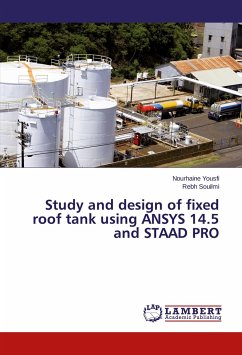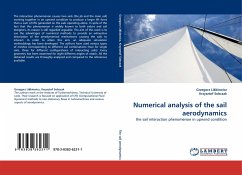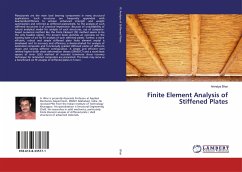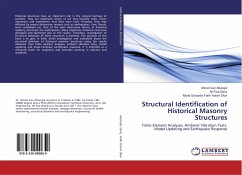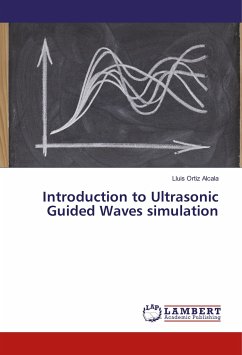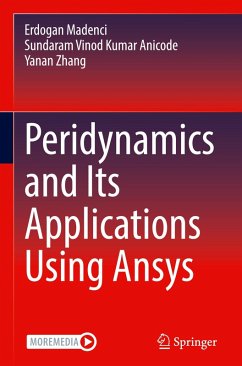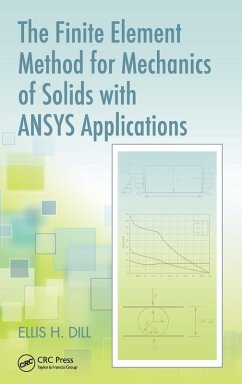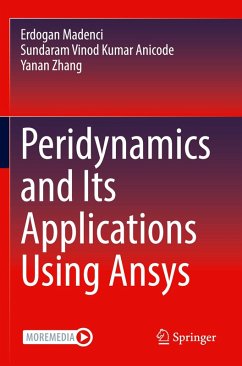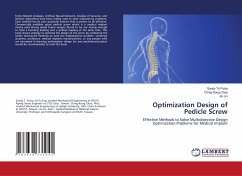
Optimization Design of Pedicle Screw
Effective Methods to Solve Multiobjective Design Optimization Problems for Medical Implant
Versandkostenfrei!
Versandfertig in 6-10 Tagen
32,99 €
inkl. MwSt.

PAYBACK Punkte
16 °P sammeln!
Finite Element Analyses, Artificial Neural Network, Analysis of Variance, and Genetic Algorithms have been widely used to solve engineering problems. Each method has its own particular feature that is proven to be effective. Commercially available spinal pedicle screw which is a medical implant mostly used during spinal fusion surgery found to be not strong enough to hold a bending loading and a pullout loading at the same time. This book shows strategy to optimize the design of the screw by combining the earlier mentioned methods to solve the multiobjective problem. University students, profe...
Finite Element Analyses, Artificial Neural Network, Analysis of Variance, and Genetic Algorithms have been widely used to solve engineering problems. Each method has its own particular feature that is proven to be effective. Commercially available spinal pedicle screw which is a medical implant mostly used during spinal fusion surgery found to be not strong enough to hold a bending loading and a pullout loading at the same time. This book shows strategy to optimize the design of the screw by combining the earlier mentioned methods to solve the multiobjective problem. University students, professors, medical implants manufacturers, or any people who are interested in learning optimization design for any mechanical product would be recommended to read this book.




